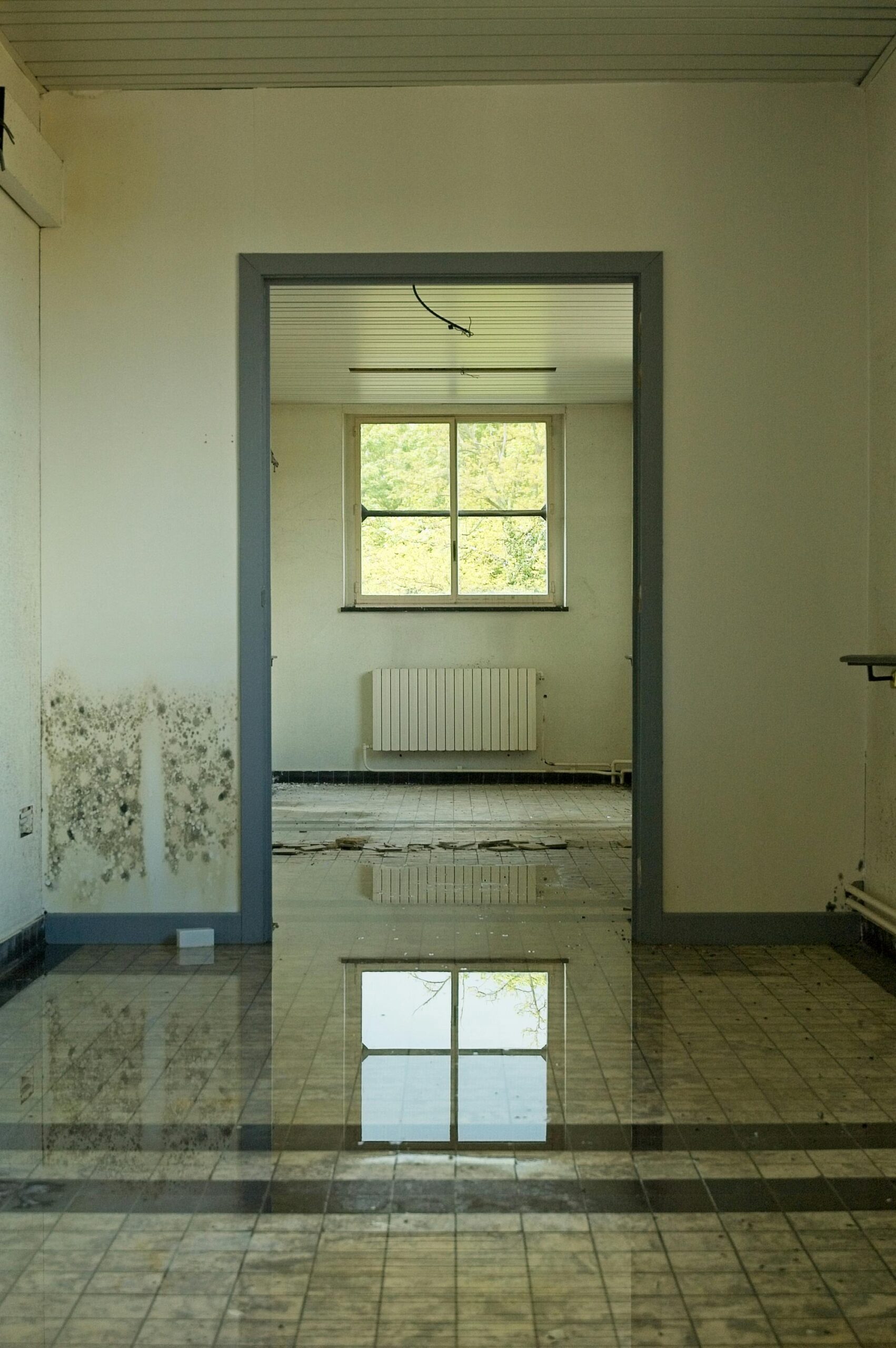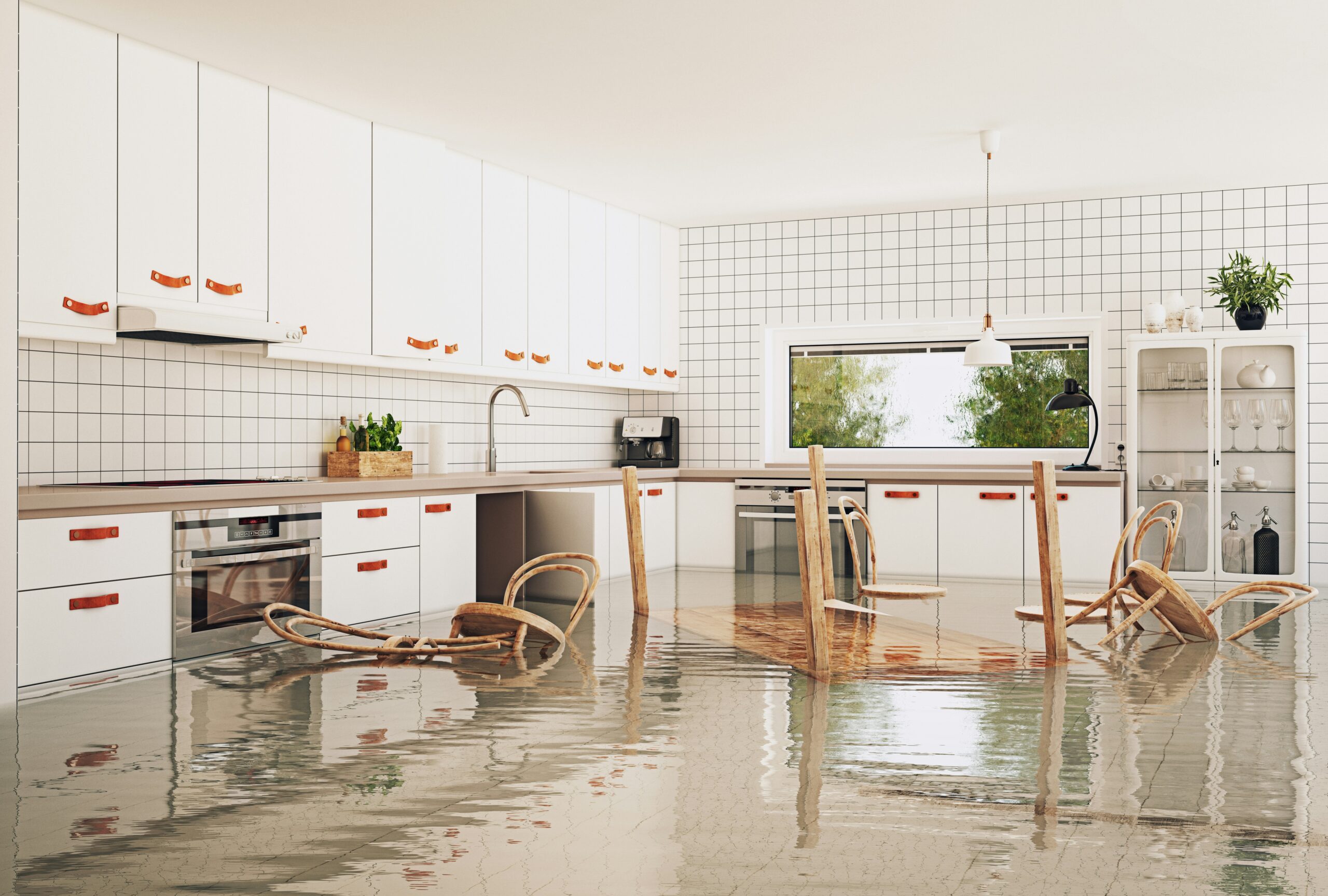When you find yourself in the situation of needing to remove water from a flooded room, nothing can seem more stress inducing. Flooding can wreak havoc on a home, and it can cause significant damage as well as create health risks if it is not addressed quickly and correctly. When you remove water from a flooded room, it is essential to act swiftly when removing the water in order to mitigate the risks of further damage being caused. No matter if you are trying to remove the water yourself or considering hiring a professional restoration company, here are some steps to follow on how to remove water from a flooded room.
Assess the Situation
Before beginning any removal efforts it is crucial to assess the extent of flooding, identify potential hazards, and make sure to gauge the extent of damage to the best of your ability.
- Safety First: Ensure the electricity to the affected area is turned off to avoid electrocution risks. Many people forget to turn off all breakers or make sure that the correct breakers are in the off position and put themselves in danger.
- Source of Flooded Water: Determine the source of the water intrusion. Is it clean water, such as from a burst pipe, or contaminated water, such as sewage backup or floodwater? Contaminated water, more commonly known as blackwater, poses significant health risks.
- Extent of Damage: Evaluate the severity of the flooding and the affected areas within the room. Understanding how much flooding or damage has been done allows you to create a game plan before moving forward with cleanup.
Water Removal Techniques
For minor cases, the DIY method can be the best course of action to take. However, for the dedicated DIYer, the steps below can work for large flooding projects. If you want or need to tackle the job on your own, here are the steps and techniques to remove water from a flooded room:
- Extract Standing Water: Use a wet/dry vacuum or a submersible pump to remove standing water efficiently. If using a wet/dry shop vacuum, make sure to remove the paper filter to avoid ruining it.
- Remove Damaged Items: Waterlogged furniture, rugs, and other belongings should be removed to try and salvage these items. They should also be removed as a measure to promote faster drying in the room.
- Enhance Air Circulation: Open windows, doors, and use fans to improve air circulation. Air is essential in helping the drying process. Dehumidifiers can also help remove excess moisture from the air.
- Clean and Disinfect: After water removal, make sure to clean and disinfect all surfaces to ensure that mold isn’t given a chance to grow and that all bacteria are eliminated.
- Monitor Progress: Continuously monitor the drying progress and address any areas that remain damp or show signs of mold growth promptly in order to avoid mold damage.
Hiring a Professional Restoration Company
While DIY methods can be effective for minor incidents, it is highly suggested to use a professional water damage restoration company. Here are the main ways a restoration company would handle flooding compared to a DIYer:
- Advanced Equipment: Restoration companies have access to industrial-grade equipment such as high-powered water extractors, commercial fans, and moisture detection tools, enabling them to efficiently remove water and moisture from the affected area. Advanced equipment can cut the time for drying down significantly.
- Expertise and Experience: Professionals are trained and experienced in dealing with water damage restoration. They can assess the situation accurately, develop a comprehensive restoration plan, and execute it effectively, minimizing further damage and ensuring thorough cleanup and drying. One of the biggest mistakes a DIYer can make is thinking that the room is dry enough, or not removing water thoroughly.
- Thorough Restoration: Professional restoration companies offer comprehensive services beyond water removal, including structural drying, mold remediation, and repairs. They can restore your home to its pre-flood condition swiftly and effectively. Major damage can make what seems like an easy job spiral into a repair quagmire that can be daunting to even the most experienced DIYer.
- Insurance Assistance: Dealing with insurance claims can be daunting, but restoration companies often assist homeowners in navigating the insurance process, ensuring they receive the coverage they are entitled to for water damage restoration services.
- Peace of Mind: Hiring water damage professionals provides peace of mind, knowing that trained experts are handling the restoration process, reducing stress, and allowing homeowners to focus on other priorities.
Removing Water From A Flooded Room
Whether you decide to try and take matters into your own hands in removing the water from a flood, or decide to call us at Tobin Restoration, a professional water damage restoration company, removing water from a flooded room is a critical step in mitigating damage and restoring your home. By following the steps outlined in this guide and considering the advantages of professional assistance, you can effectively address water damage and ensure your home is safe and habitable once again. Remember, swift action is key to minimizing the long-term impact of flooding on your property and can help you before more damage is done.




